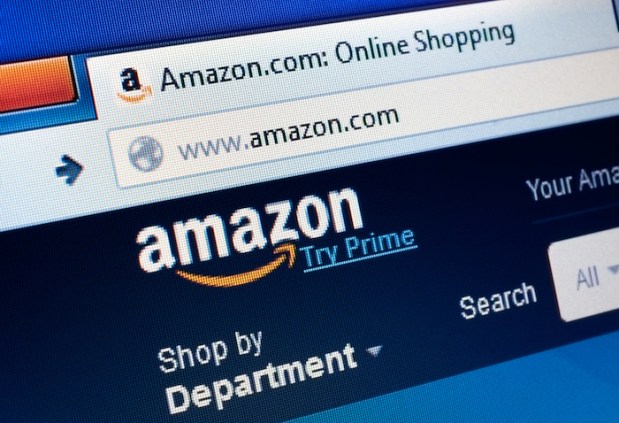Just How Far Can Amazon Push The Pricing Envelope?

It’s been the oft-purported opinion of many an armchair retail analyst that despite everything Amazon has accomplished over the years, its real mission has been hiding in the weeds. All those products sold and shipped at a loss, all those Prime service expansions and private-label acquisitions – all to hook shoppers on Amazon’s particular brand of hyper-convenient retail so thoroughly that they wouldn’t shop anywhere else even if they wanted to.
Well, it looks like this is the moment when Amazon steps out of its hiding place and embraces its long-rumored plan.
Amazon made headlines over the weekend when The New York Times revealed that the eCommerce giant had begun quietly removing a key element from its product pages: list prices. While few customers might have put much stock in what manufacturers suggested as appropriate price points, these placeholders served an important – if malleable – role in how customers’ determined what constituted a deal and what did not.
Without the list price, though, consumers are left to determine a deal’s worth by the single, non-negotiable cost presented on the handful of items Amazon has selected to sell sans-MSRP. It might seem like a deliberate misstep in an eCommerce landscape that favors transparency to the consumer, but Larry Compeau, professor of consumer studies at Clarkson University, told the NYT that Amazon’s mission is more in seeing how far they can push the envelope of the loyal Prime customer.
“They are trying to figure out what product categories have customers who are so tied into the Amazon ecosystem that list prices are no longer necessary,” Compeau said.
That’s part one of the equation: Amazon wants to test if its shoppers value them more than chasing a deal. Part two, however, could muddle the first.
Amazon has long been a proponent of dynamic pricing, and a Northeastern study released last month confirmed another long-held belief of retail experts – algorithmically defined price changes often result in products costing well above their normal averages.
“When you go to a page on Amazon, what you’re seeing is typically not the lowest price available,” Christo Wilson, assistant professor of computer and information science, said in a statement. “For example, we found that 60 percent of sellers using algorithmic pricing have prices that are higher than the lowest price for a given product. Now, 70 percent of the time they only raise the price by $1, but there are many cases where the price increase is on the order of $20 to $60. So you really have to take that extra step and click through to the list of all sellers for a given product if you want to find the lowest price.”
Amazon has long embraced dynamic pricing as a way to exert some manner of control over its unwieldy product and seller base, but the fluctuations of a product’s sale price always came with the anchor point – however inflated – of an MSRP behind it. Without that, customers are now asked to rely on the goodness of Amazon’s reputation for delivering deals when the time comes to pay for everything in the cart. That goodwill may persist for a spell, but when the average consumer awakens to the fact that the only posted price for an Amazon product can and will change by the minute, the real test begins.
Amazon was a driving force behind the modern retail reality of bargain hunting at all costs, and now the e-tail giant is trying to see whether the monster it created on its own is something even it can’t defeat.
